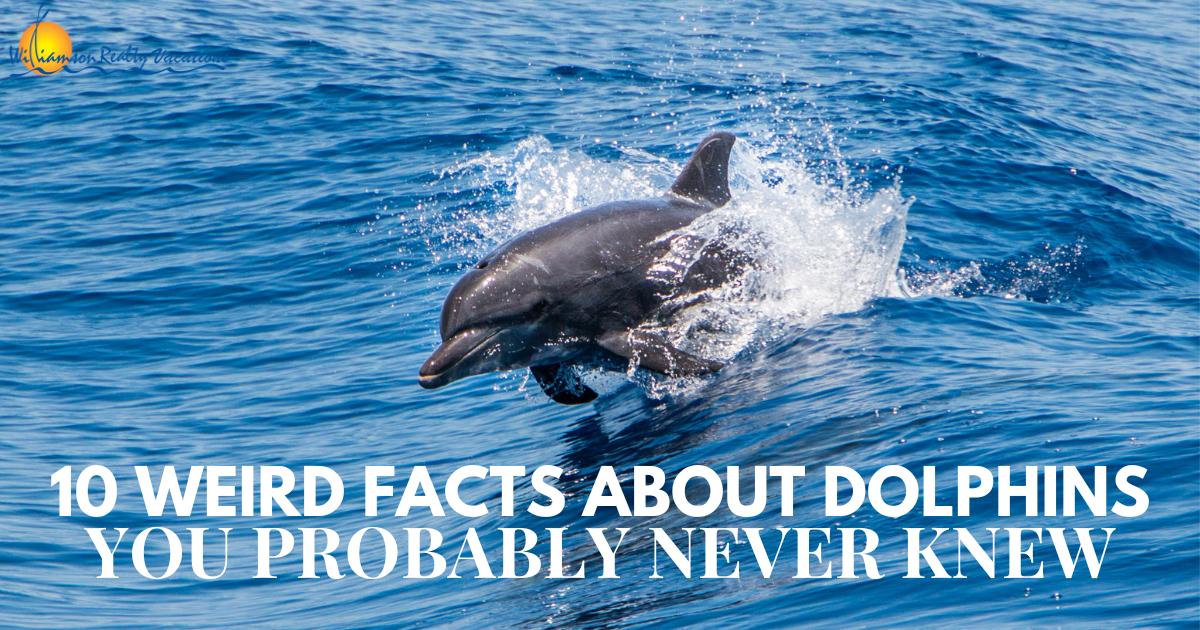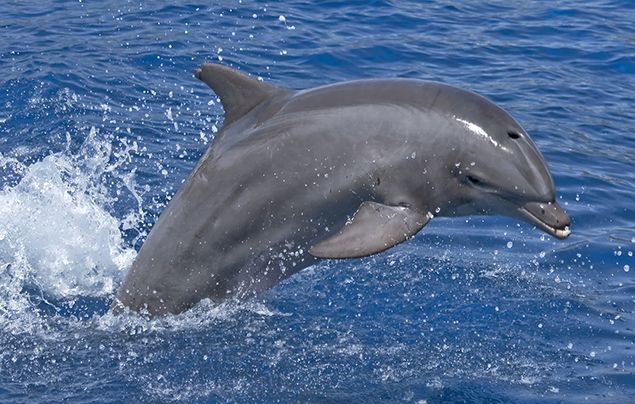Fun and Educational Dolphin Facts for Children and Adults Alike
Wiki Article
Introduction Dolphin Facts: Nature's Intelligent Marine Mammals
Dolphins, usually considered one of the sea's most intelligent residents, display an interesting range of habits and social frameworks that call for closer examination. With over 40 unique species, these aquatic animals not only demonstrate amazing communication skills and facility social interactions yet likewise possess advanced cognitive capabilities that challenge our understanding of non-human knowledge. Dolphin Facts. As we discover the nuances of their lives, one have to think about exactly how these qualities influence their interactions with people and the pushing relevance of conservation. What ramifications do these understandings hold for our relationship with these amazing creatures?Dolphin Types Variety
Dolphins are a varied team of marine creatures belonging to the household Delphinidae, which includes over 40 unique species. This family members includes widely known types such as the typical bottlenose dolphin (Tursiops truncatus), the orca or killer whale (Orcinus whale), and the risso's dolphin (Grampus griseus) Each species displays unique physical characteristics, habits, and adaptations that allow them to flourish in various aquatic environments.
Dolphin varieties vary dramatically in size, ranging from the small Maui's dolphin (Cephalorhynchus hectori) at approximately 1.2 meters to the orca, which can reach sizes of approximately 9 meters. Their pigmentation likewise varies, with some types displaying striking patterns that aid with camouflage or social signaling. Furthermore, dolphins occupy varied environments, from coastal regions and estuaries to the open ocean, showcasing their flexibility.
Research study into dolphin varieties diversity highlights the eco-friendly significance of these animals, as they play essential roles in marine ecosystems. Understanding the numerous species is important for conservation initiatives, as several encounter risks from habitat pollution, environment, and loss change, requiring targeted protection steps to guarantee their survival.
Social Structures and Habits
The intricacy of dolphin varieties is mirrored in their complex social structures and actions. Dolphins are understood for their extremely social nature, frequently forming teams called hulls, which can vary from a couple of individuals to over a hundred. These sheaths are typically composed of relative, showcasing a matrilineal structure where women play a main function in preserving social bonds and supporting offspring.
Additionally, some types of dolphins, such as whales, demonstrate complex social actions that can include sub-pods or clans with unique cultural practices. These social frameworks are important for the survival and health of dolphin populaces, as they facilitate communication, teamwork, and the transmission of knowledge across generations. Understanding these social dynamics is vital for preservation efforts and the security of their natural environments.
Communication Techniques
Among the different techniques of interaction, dolphins utilize an advanced range of interaction methods that facilitate social communication and coordination within their sheathings. These strategies encompass articulations, body movement, and echolocation, each serving distinct features in their social interactions.Dolphins create a wide variety of clicks, whistles, and pulsed sounds, which act as their main singing communication. Each dolphin has a special signature whistle, akin discover here to a name, that enables individuals to determine one another even in huge teams. These vocalizations can convey numerous messages, such as alerting others to risk or working with team activities during hunting.
Along with articulations, body language plays an essential duty in dolphin communication. Dolphin positions, such as jumping, rotating, and even refined shifts in orientation, communicate moods and purposes. For example, aggressive display screens might hinder competitors, while playful actions can enhance social bonds.
Echolocation, an organic finder system, further aids in navigating and hunting. By sending out acoustic waves and translating the returning echoes, dolphins can locate victim and obstacles successfully, showing their impressive versatility in intricate aquatic atmospheres. Jointly, these interaction strategies highlight the detailed social lives of dolphins, highlighting their knowledge in browsing their undersea globe.

Knowledge and Trouble Addressing
Recognized for their innovative interaction abilities, dolphins likewise display exceptional intelligence and analytical abilities that better boost their social interactions. Their cognitive capacities are shown by their ability to find out complex jobs, recognize abstract principles, and adjust to numerous ecological difficulties. Research study has revealed that dolphins can address detailed problems, showing not only their cognitive versatility however additionally their ability for preparation and insight.Dolphins typically participate in participating hunting techniques, showcasing their ability to work as a cohesive unit. This synergy calls for sophisticated analytical read more abilities, as they should assess their atmosphere, recognize possible prey, and coordinate their activities to achieve a common goal. Additionally, dolphins have been observed making use of tools, such as marine sponges, to protect their noes while foraging on the ocean floor, further exhibiting their cutting-edge problem-solving capacities.

Human-Dolphin Communications
Human-dolphin communications have actually mesmerized scientists and fanatics alike, highlighting the complex relationship in between these smart marine animals and human beings. From old times, dolphins have been portrayed in art and mythology, symbolizing harmony and intelligence (Dolphin Facts). Modern communications vary from scientific study and conservation initiatives to entertainment tasks like dolphin swimming and enjoying with dolphinsResearch study has demonstrated that dolphins possess advanced social structures and interaction abilities, which facilitate their interactions with humans. These experiences frequently foster psychological links, with numerous people reporting sensations of joy and empathy throughout such experiences. It is important to come close to these interactions with caution, as human activities can interrupt dolphin behaviors and environments.
Conservation initiatives progressively focus on promoting responsible interactions, guaranteeing that Visit This Link human enthusiasm does not endanger dolphin welfare. Education and learning programs aim to elevate awareness regarding the ecological importance of dolphins, stressing the need for sustainable practices.
Conclusion
In recap, dolphins exemplify remarkable knowledge and adaptability within diverse aquatic environments. Continued research and understanding are crucial for fostering a deeper understanding of dolphins and advertising their welfare in a significantly endangered community.Dolphin species vary significantly in dimension, ranging from the small Maui's dolphin (Cephalorhynchus hectori) at about 1.2 meters to the orca, which can get to sizes of up to 9 meters. Dolphins show a variety of social communications, consisting of grooming and physical contact, which offer to reinforce partnerships and establish pecking orders.
Identified for their sophisticated interaction skills, dolphins also display exceptional intelligence and analytical capacities that further boost their social interactions. Modern communications range from scientific study and conservation initiatives to entertainment activities like dolphin swimming and viewing with dolphins.
Research study has actually shown that dolphins have advanced social frameworks and interaction skills, which facilitate their communications with people.
Report this wiki page